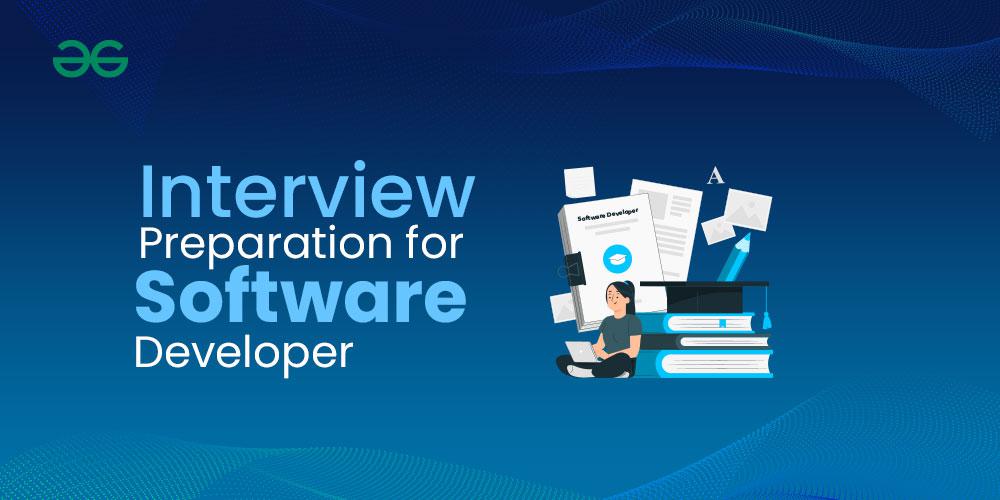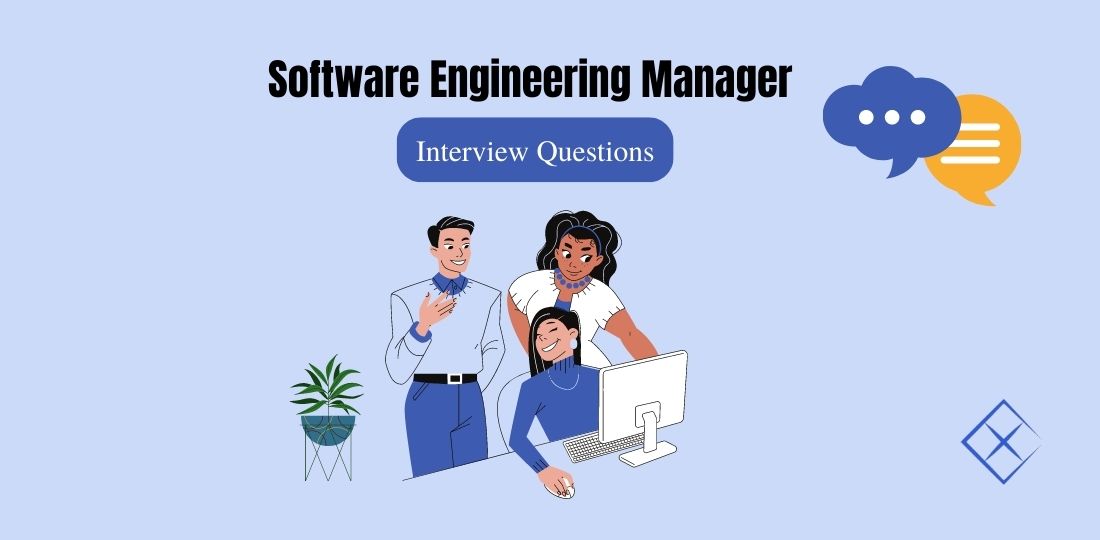All Categories
Featured
Table of Contents

[/image][=video]
[/video]
It is a crucial aspect of software program engineering because insects can trigger a software program system to malfunction, and can lead to poor efficiency or incorrect results. The Usefulness Research Study in Software Program Design is a study that evaluate whether a suggested software application project is functional or not.

This lowers the chance of job failing that also save time and money. For even more information, please describe the adhering to write-up Sorts of Usefulness Study in Software application Project Development article. An use instance diagram is an actions layout and visualizes the evident communications between stars and the system under advancement.
It does not involve implementing the code. It constantly involves implementing the code. Confirmation makes use of techniques like assessments, reviews, walkthroughs, and Desk-checking, and so on.

Verification is to check whether the software application complies with requirements. Validation is to examine whether the software program satisfies the client's assumptions and needs. It can capture mistakes that recognition can not capture. It can catch mistakes that confirmation can not capture. Target is demands spec, application and software design, high level, complete layout, and database layout, and so on.
How To Land A High-paying Software Engineer Job Without A Cs Degree
Verification is done by QA team to guarantee that the software is as per the requirements in the SRS document. Recognition is brought out with the involvement of the screening teamIt normally comes initially done prior to validation.
Tasks associated with a specific stage are completed, the phase is full and acts as a baseline for following phase. For more information, please describe the adhering to article Cohesion shows the family member practical capacity of the component. Aggregation components need to communicate less with various other areas of various other parts of the program to perform a solitary task.

Cohesion is a measurement of the useful toughness of a module. A module with high communication and reduced coupling is functionally independent of other components. Right here, practical independence means that a natural module does a solitary procedure or feature. The coupling implies the general association in between the components. Combining depends on the details delivered through the interface with the intricacy of the interface in between the components in which the reference to the section or module was developed.
It is exceptionally pertinent when both modules exchange a great deal of information. The level of coupling in between two components depends upon the intricacy of the user interface. For more details, please describe the following article Coupling and cohesion. The active SDLC model is a combination of repetitive and incremental process models with an emphasis on procedure flexibility and client fulfillment by rapid delivery of functioning software.
Every version entails cross-functional teams working simultaneously on various locations like preparation, requirements analysis, style, coding, unit testing, and approval screening. Consumer fulfillment by fast, constant shipment of valuable software.
Why Whiteboarding Interviews Are Important – And How To Ace Them
Also late adjustments in needs rate. For more details, please describe the following write-up Software application Design Agile Growth Models. Top Quality Assurance (QA) Quality Control (QC) It focuses on providing assurance that the quality asked for will be achieved. It concentrates on satisfying the top quality requested. It is the technique of managing top quality.
It constantly consists of the execution of the program. The purpose of high quality assurance is to stop issues. The objective of high quality control is to determine and enhance the defects.
It is a rehabilitative strategy. It is a positive procedure. It is a responsive step. It is accountable for the full software application development life process. It is accountable for the software screening life process. Instance: VerificationExample: Validation The Spiral Design is a version that gives a methodical and iterative approach to software application development.
Each loop of the spiral is called a of the software advancement procedure. Spiral ModelFollowing are the downsides of spiral design: Can be an expensive version to utilize.
The RAD model is a kind of step-by-step process design in which there is a concise development cycle. The RAD version is used when the demands are totally recognized and the component-based building and construction method is adopted.
Projects fall short if programmers and consumers are not committed in a much-shortened period. Problematic if a system can not be modularizedFor even more details, please describe the complying with post Software application Engineering Rapid Application Advancement Version (RAD). Regression testing is defined as a sort of software application testing that is utilized to verify that recent adjustments to the program or code have not detrimentally impacted existing capability.
Apple Software Engineer Interview Process – What You Need To Know

These examination cases are rerun to make certain that the existing functions work properly. This test is carried out to make certain that brand-new code changes do not have side effects on existing features. Makes sure that after the last code modifications are completed, the above code is still legitimate. For more details, please refer to the following short article CASE means Computer-Aided Software Engineering.
It is a software program package that helps with the layout and deployment of information systems. It can record a database design and be quite helpful in guaranteeing design consistency. Physical DFD and Sensible DFD both are the sorts of DFD (Data Circulation Representation)used to represent how data flows within a system Physical DFD concentrates on just how the system is applied.
It clarifies the most effective approach to carry out the business activities of the system. Moreover, it includes the physical application of tools and data needed for business processes. Simply put, physical DFD includes the implantation-related information such as hardware, individuals, and other outside parts needed to run the company procedures.
2. Dynamic Programming Patterns: This message provides a comprehensive checklist of dynamic programming patterns, allowing you to deal with various kinds of vibrant programs problems easily. Research these patterns to enhance your problem-solving skills for DP concerns. 3. Hao Chen's Tree Issues Blog site: This blog contains a collection of tree-related issues and their solutions.
: This GitHub repository provides a thorough collection of system design ideas, patterns, and meeting questions. Utilize this source to find out about large system design and prepare for system design meetings.: This GitHub database, also understood as "F * cking Algorithm," supplies a collection of high-grade formula tutorials and information structure descriptions in English.
: This Google Doc offers a list of subjects to examine for software design interviews, covering data structures, formulas, system design, and other vital principles.
How To Create A Study Plan For A Software Engineering Technical Interview
: This publication covers a large range of subjects connected to software application design interviews, with an emphasis on Java. It's vital that you comprehend the various phases of your software program engineer meeting procedure with Amazon. Below's what you can anticipate: Resume screening Human resources employer email or call On-line analysis Interview loophole: 4interviews Initially, employers will look at your return to and analyze if your experience matches the open position.
Table of Contents
Latest Posts
How To Think Out Loud In A Technical Interview – A Guide For Engineers
The 100 Most Common Coding Interview Problems & How To Solve Them
29 Common Software Engineer Interview Questions (With Expert Answers)
More
Latest Posts
How To Think Out Loud In A Technical Interview – A Guide For Engineers
The 100 Most Common Coding Interview Problems & How To Solve Them
29 Common Software Engineer Interview Questions (With Expert Answers)